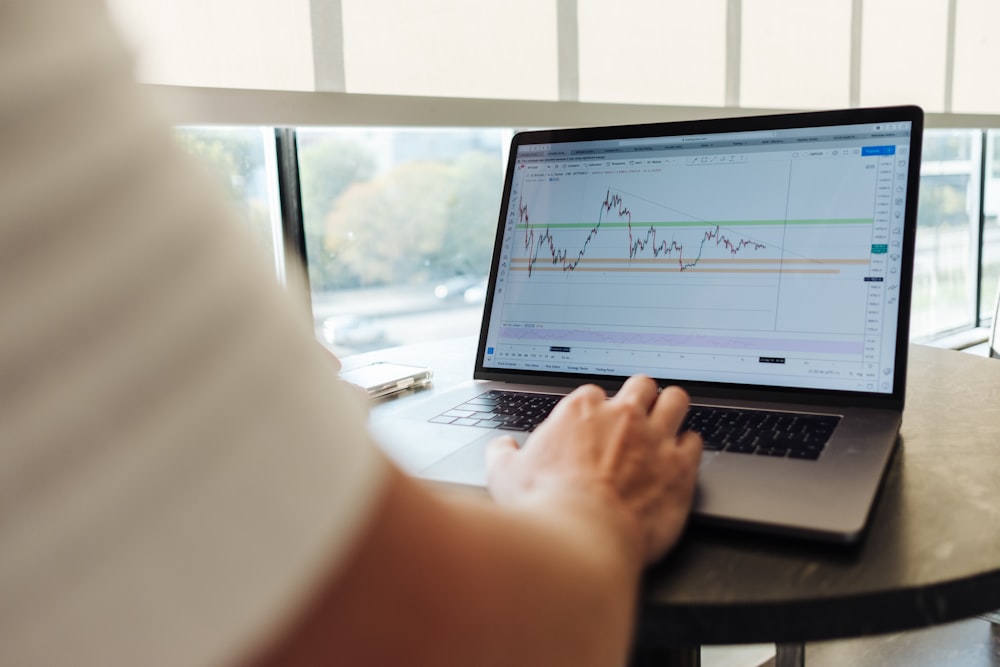The $10 Trillion Fear Signal Wall Street Doesn't Want You To See
Image Source: Unsplash
I've been watching something disturbing unfold in the options market.
While everyone's debating whether we're in a bubble or correction, there's a $10 trillion elephant in the room that most retail traders have never heard of.
It's called the CBOE SKEW Index, and it just hit 151.31 - a level that historically precedes either massive opportunities or devastating losses.
The difference? Knowing how to read the signal.
For two decades, I've watched this indicator from the inside. At thinkorswim and TD Ameritrade, I had front-row seats to how institutions use SKEW to position billions before retail traders even know what hit them.
Here's what they don't teach you in trading school…
The VIX gets all the headlines, but SKEW is where the real money hides. While VIX measures general fear, SKEW measures something far more specific - and lucrative.
It quantifies exactly how much smart money is willing to pay for protection against black swan events. Think March 2020. Think 2008. Think Flash Crash.
The math is brutal: At current levels, institutions are pricing in a 20-30% higher likelihood of a catastrophic market drop compared to normal conditions. They're not just nervous - they're positioning for chaos.
Let me break down what 151.31 actually means:
The index normally sits around 120. Anything above 150 puts us in "extreme tail risk" territory.
We're talking about readings that appeared before major market dislocations - the 2020 COVID crash (SKEW hit 160+ as the S&P dropped 34%), the 2008 financial crisis, and the 2010 Flash Crash.
But here's where it gets interesting - and profitable.
SKEW isn't a crash predictor. It's an opportunity predictor.
See, the dirty secret about SKEW spikes is they're usually wrong about timing. In 2014, it hit 140+ during the oil crisis, and instead of crashing, the market rallied 11% the following year. In 2018, it peaked at 150 during "Volmageddon," marking the exact bottom before a 28% rally.
High readings don't mean the market will crash. They mean institutions are overpaying for protection - creating massive opportunities for traders who know how to exploit the mispricing.
The calculation behind the chaos:
SKEW measures the implied volatility gap between out-of-the-money puts and at-the-money options. When institutions panic-buy downside protection, they bid up those far-out-of-the-money puts to ridiculous levels.
Every 5-point increase above 100 adds roughly 1.3-1.4% to the perceived probability of a two-standard-deviation crash (think 10% drop in 30 days).
At current levels, the math says institutions are pricing crash risk like it's 50% more likely than normal market conditions suggest.
That's institutional panic. And panic creates opportunity.
Here's what most traders miss:
They see high readings and think "time to sell everything." Wrong move. The optimal play is understanding that when everyone's hedged for disaster, small moves in the opposite direction create massive returns.
Remember: SKEW has hit 140+ fifteen times since 1990. Only three resulted in actual crashes. The other twelve? Opportunities for traders positioned correctly.
The current setup is textbook:
- Extreme fear at 151.31
- VIX at relatively modest levels (complacency masking panic)
- Put/call skew showing 6% premium on downside protection
- Bond vigilantes stirring while equity markets grind higher
This divergence - high SKEW with contained VIX - historically creates the most lucrative volatility trading setups. Institutions are paying top dollar for protection they probably won't need, while retail remains oblivious to both the fear and the opportunity.
The 2025 context makes this even more compelling:
We've seen all-time highs this year - 183 in February, 180 in December 2024. Each spike preceded short-term corrections followed by strong rebounds. The pattern is holding.
Current drivers include election uncertainty, fiscal policy fears, and AI bubble concerns. Classic catalysts that create more noise than actual damage - if you know how to position.
More By This Author:
Most Traders Just Wasted One Of Their 12 Best Days This YearA Trader's Lesson From The Nightmare Before Christmas
Bears Are Flat Out Wrong
Neither TheoTrade nor any of its officers, directors, employees, other personnel, representatives, agents or independent contractors is, in such capacities, a licensed financial adviser, registered ...
more



